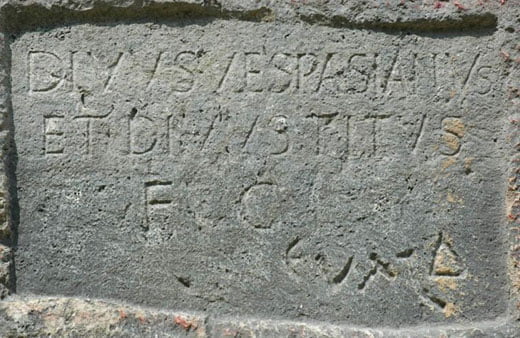The tunnel of Titus in Turkey is 1.4 km long and was built in the 1st century CE. It is proof of the enormous engineering skills of the ancient Romans.
The construction of this tunnel was intended to protect the port near the ancient city of Seleucia Pieria and to protect it from floods and inundation. According to UNESCO, the tunnel is one of the most remarkable Roman engineerings remains in the region, not only because of its size but also its ingenuity.
The construction of the Titus tunnel was neither started nor completed during the reign of Emperor Titus (79-81 CE). The actual construction work began under his father Vespasian and ended under Emperor Antoninus Pius in mid-2nd century CE
Inside the tunnel, you can find a stone inscription: “Divus Vespasianus et Divus Titus F.C.”, which we will translate loosely to Divine Vespasian and Divine Titus, who started the construction. The inscription may suggest that both emperors were the initiators of the construction. Further along the canal, we can find the name of Antoninus Pius, for whom the construction was completed.
The tunnel is currently located in the city of Samandag-Cevlik, Turkey. The structure is 1.4 km long and carved in stone.







